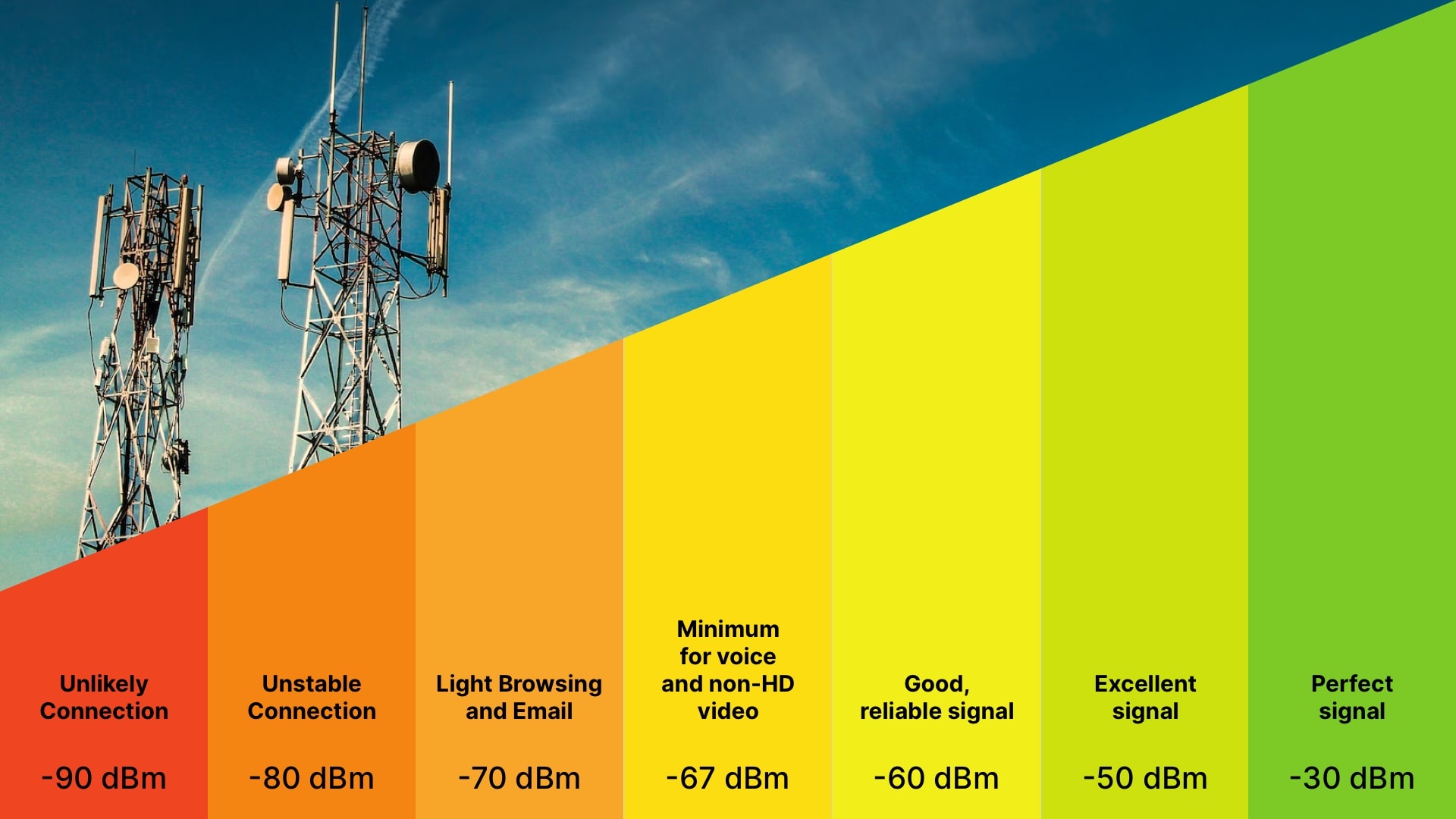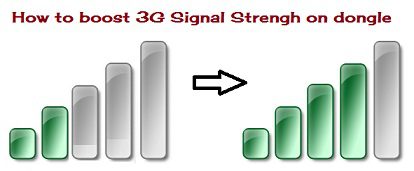

For example, you may experience slow mobile Internet speeds or have trouble making or receiving calls. Poor signal strength can affect workplace efficiency in several ways. A good signal strength should be approximately between -50 dBm to -25 dBm on a cellular device. Signal strength is affected by obstructions, distance, and the number of wireless devices used. It’s measured in dBm (decibels relative to 1 milliwatt), with higher numbers indicating better signal strength and vice versa. Signal strength is the amount of power transmitted over a given distance.

What Qualifies A Good Or Bad Signal Strength Weather conditions such as rainstorms or snowstorms can impact cell towers even something as simple as construction near an existing tower site could cause interference from other wireless signals being broadcast nearby (or vice versa). While this may seem obvious, many factors impact how effective your cellular service provider’s network might be outside your home or office building. This range falls within the definition of “good” or “bad” signal strength based on how reliable and accurate any given device needs its data to be for it to work effectively at all times. The RF spectrum includes everything from AM/FM radio waves to microwaves used by mobile phones and Wi-Fi routers.Īn individual device will have a specified range of transmitting signals. Radiofrequency is a form of electromagnetic radiation transmitted via antennas and cables.ĭevices use this form of energy to communicate with one another. To understand signal strength, it’s essential first to understand the concept of radio frequency (RF). But let’s dive deeper into this frustrating phenomenon to understand what’s happening on the technical side.

It’s considered a significant cause of frustration for current tenants while deterring future tenants from being attracted to the building. We’ve all experienced lousy reception in certain areas and sections of a building or structure.


 0 kommentar(er)
0 kommentar(er)
